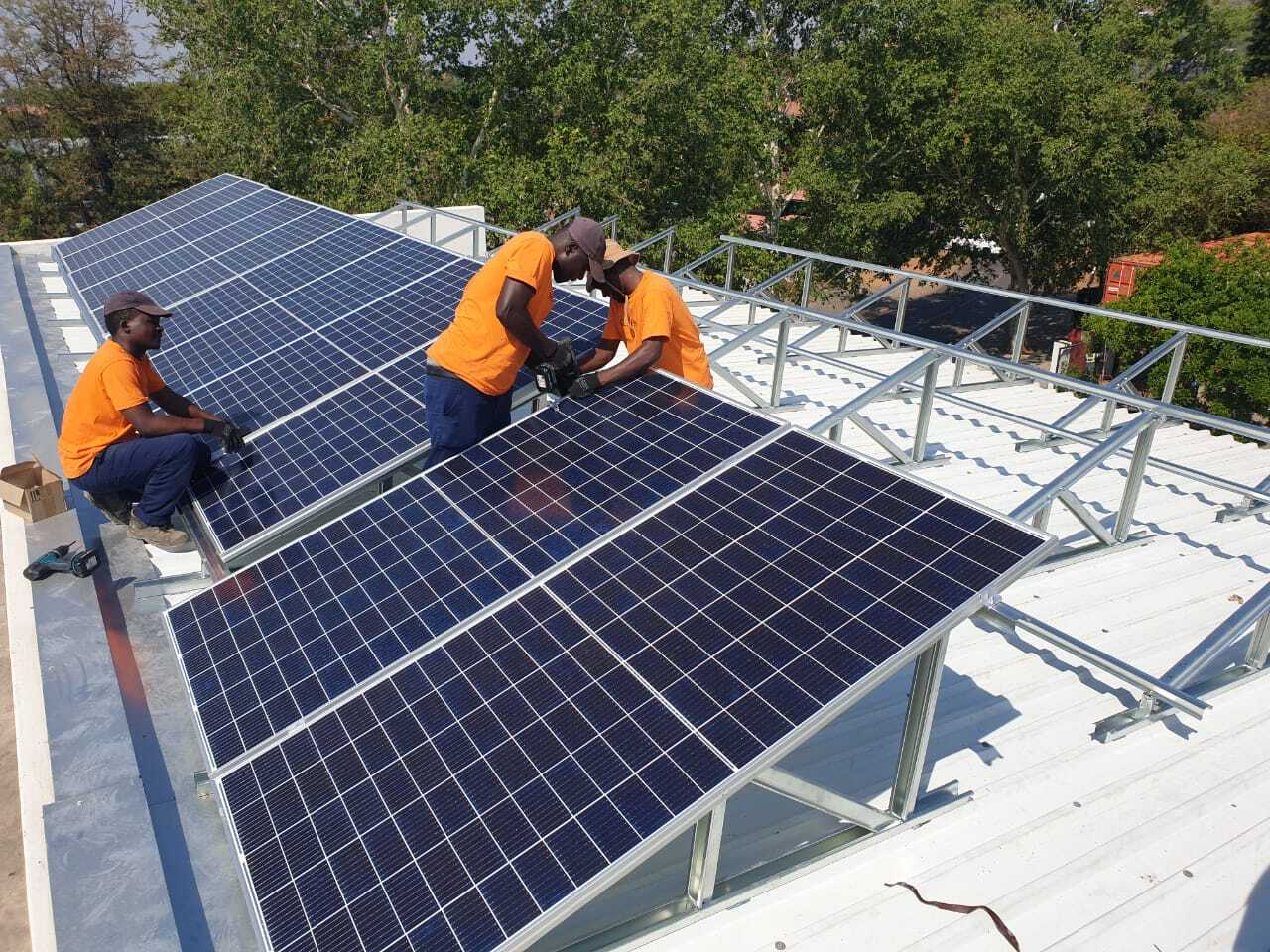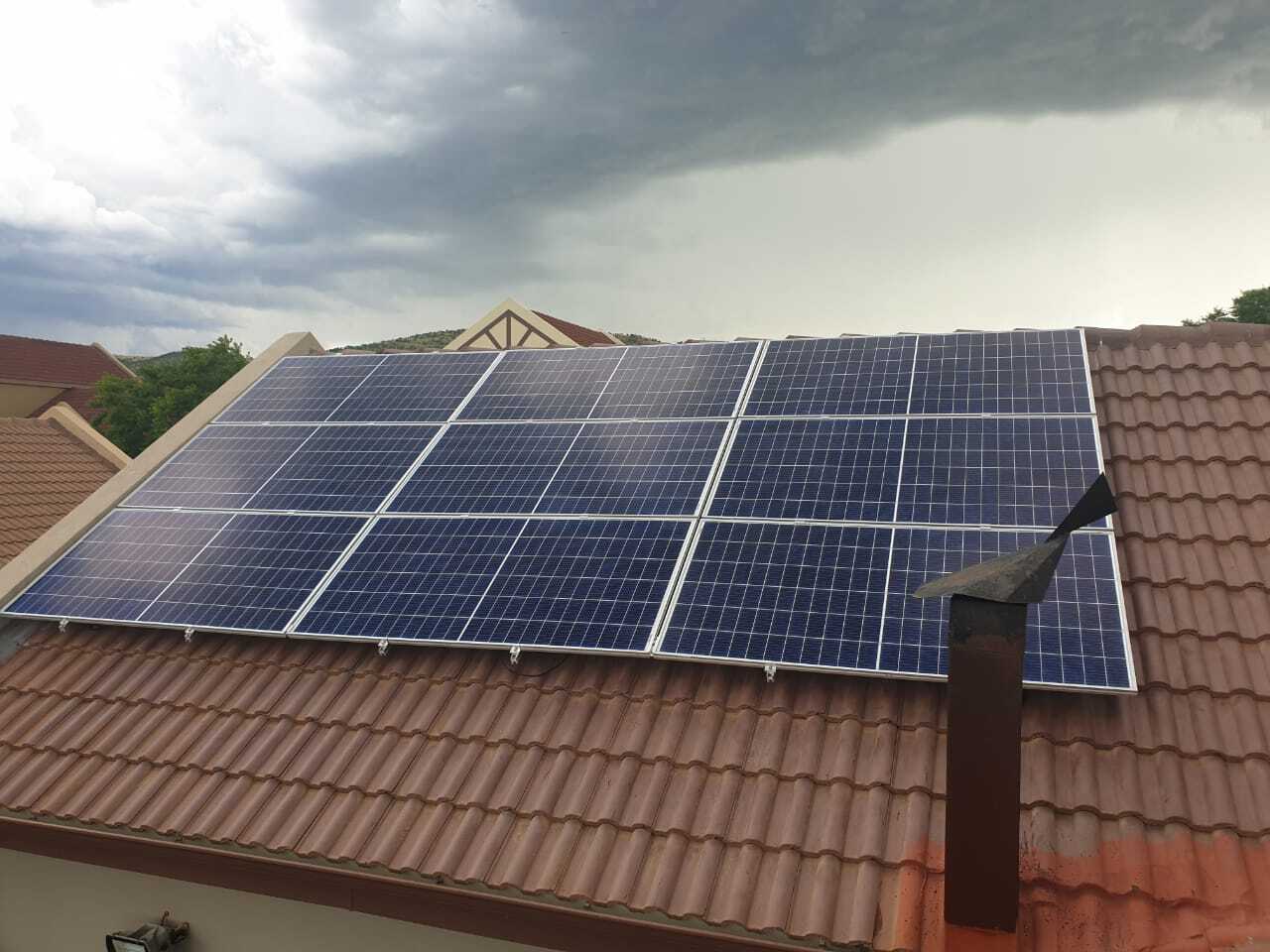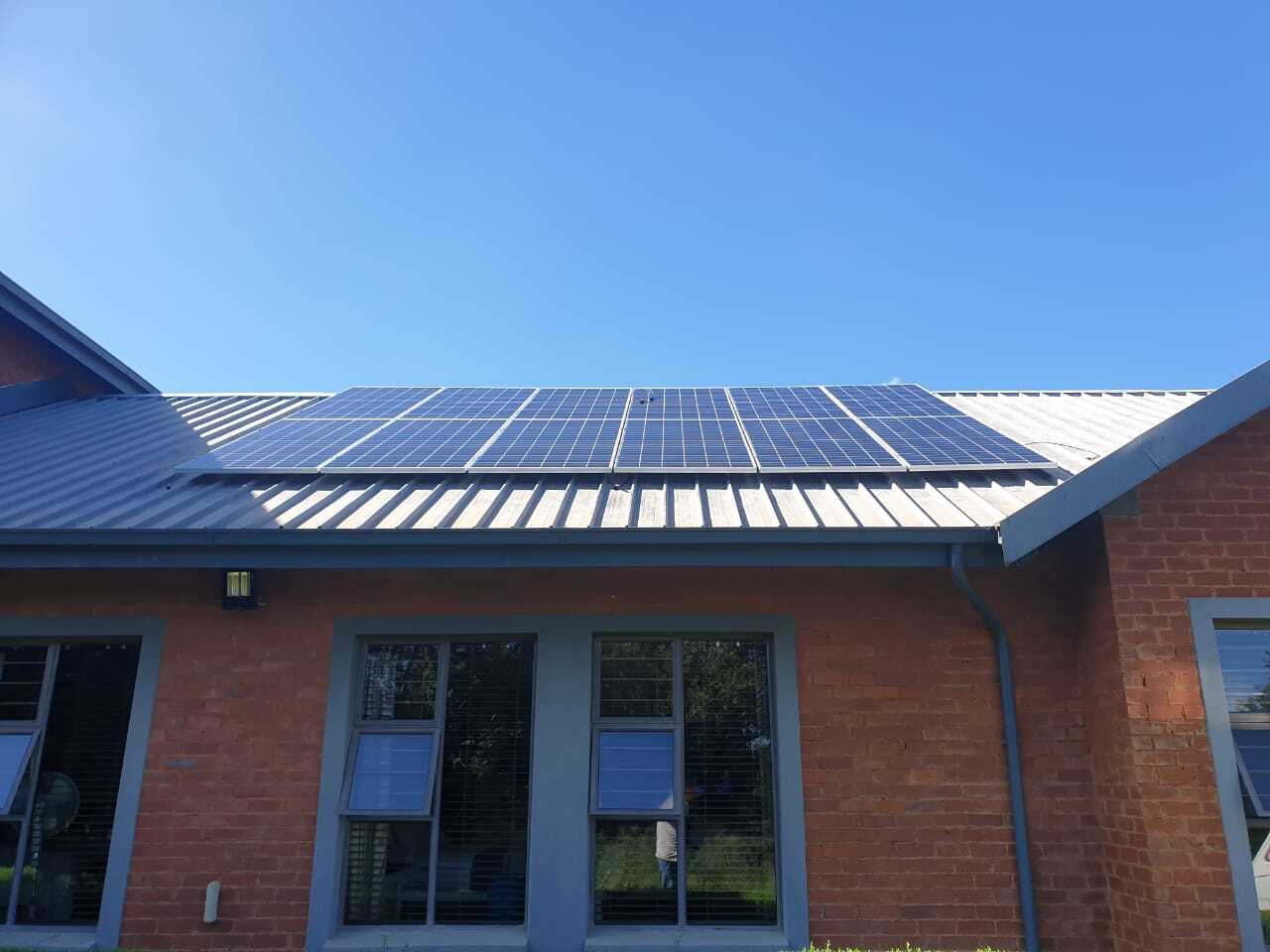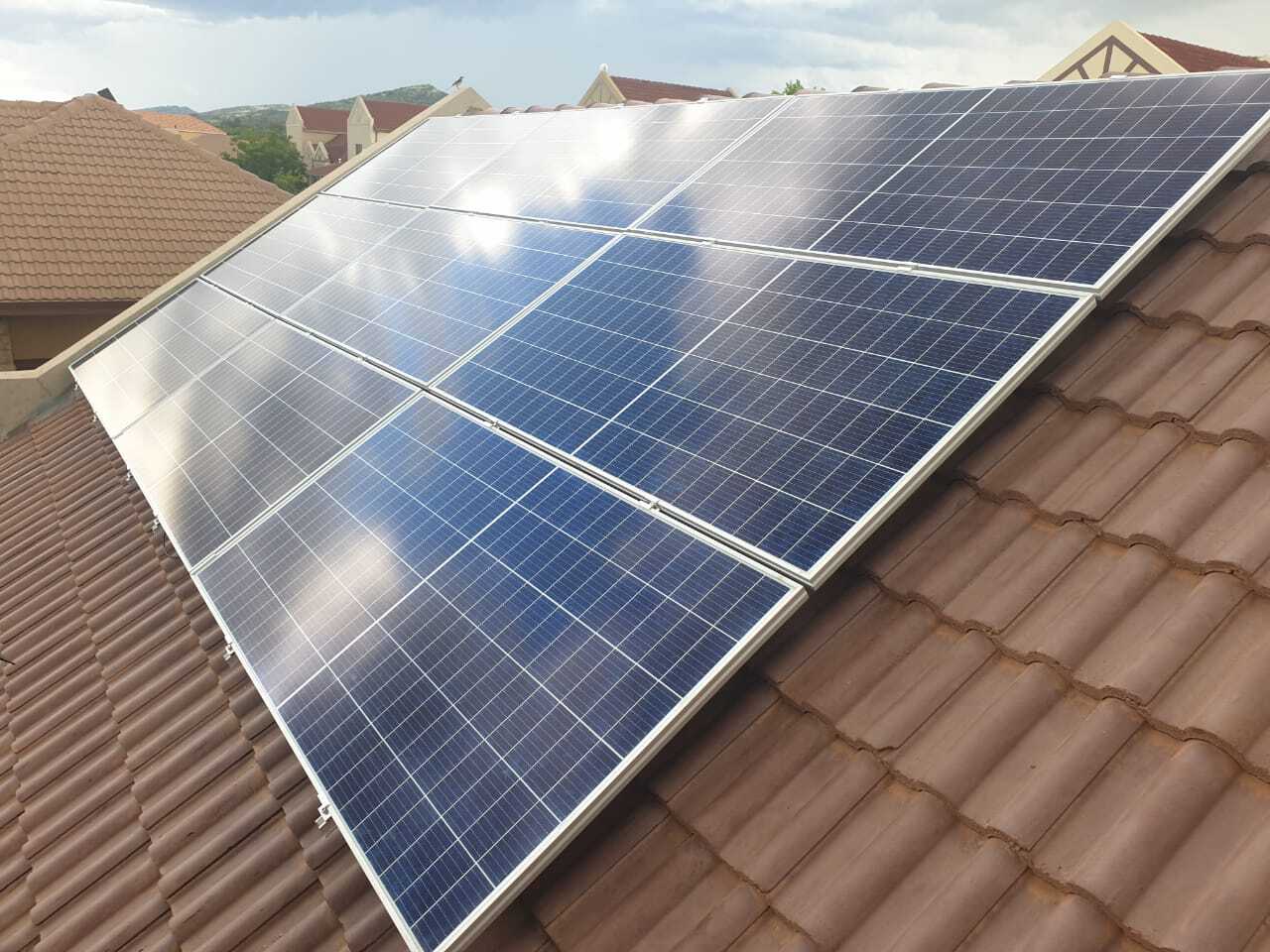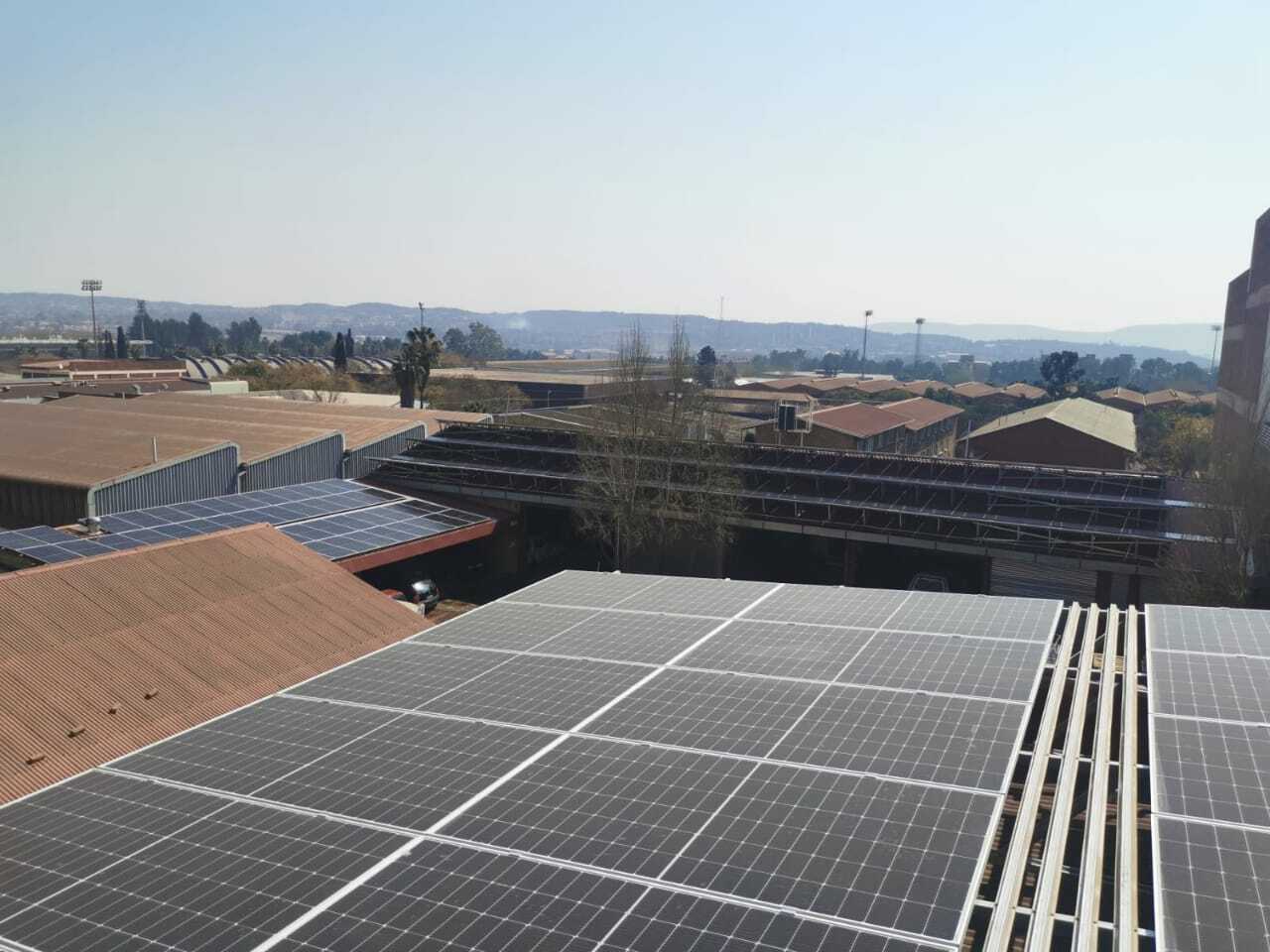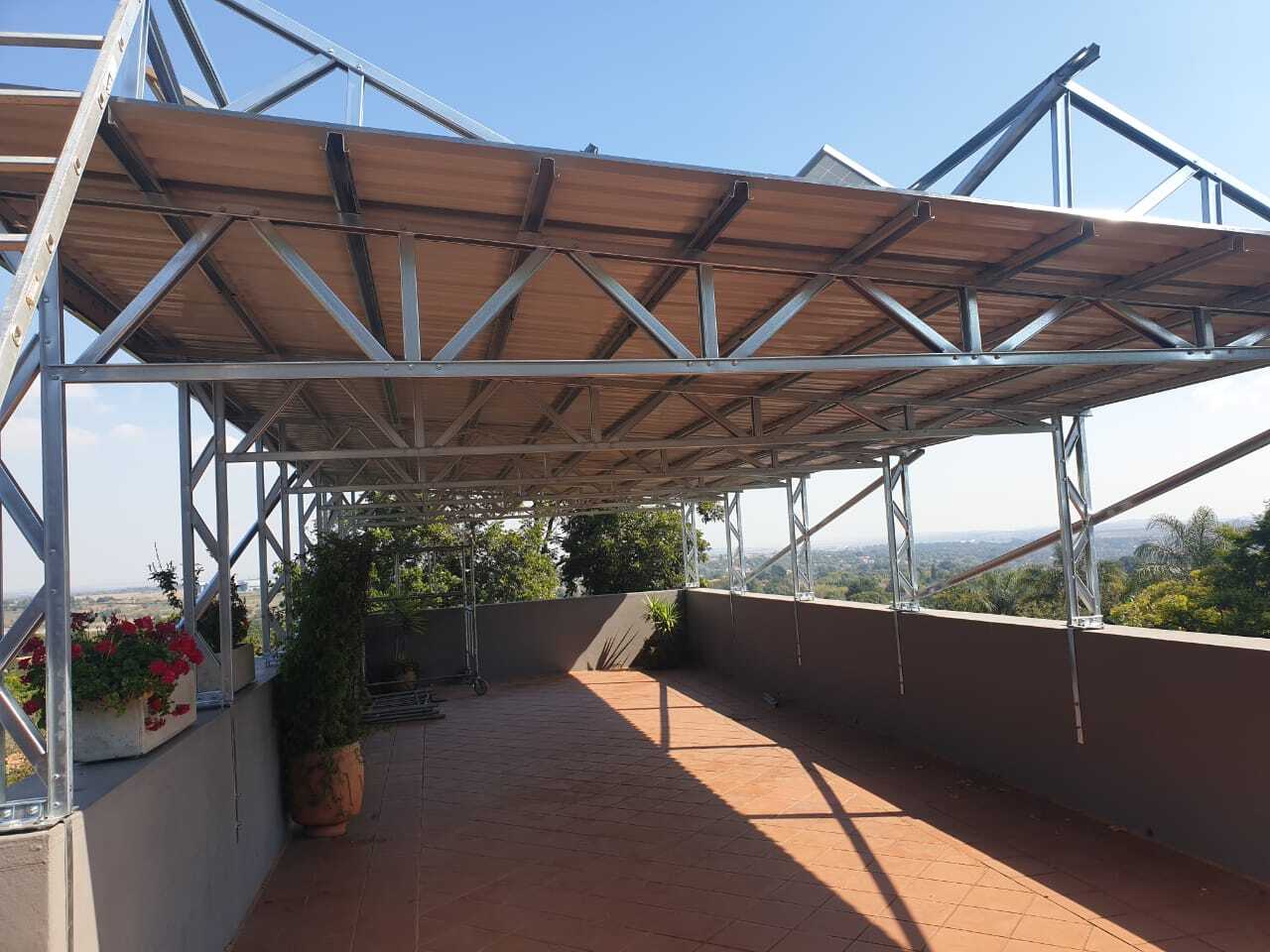SOLAR
A Passion For Excellence
Background:
Icon Electronics cc was established in 1990, and have been manufacturing and servicing the electrical industry ever since.
During the 90's and early 2000's our core business was the design and manufacture of industrial electrical control devices.
The entire design process is done in-house. Including circuit, software, hardware, pcb design.
Based on many years of electrical experience we have the insight and knowledge to assist our solar customers with any solar system, big and small.
Our solar journey:
In 2017 we installed our first solar system on a farm outside of Pretoria. Since then we have successfully installed many solar systems in grid-tie, off-grid and hybrid configurations.
Due to the diversity of customer requirements, every installation requires a customized approach.
System design:
The design engineer has completed the SOLAR Green card course and all installations are designed and installed based on legal requirements and industry best practices.
The following factors need to be taken account when determining the solar system's configuration: (we take care of this analysis)
- The maximum power requirement to determine the size of inverter required. Eg. 5kW, 10kW.
- The total daily power requirement to determine the number of solar panels required.
- The amount of power consumed during load shedding and after sunset to determine the required battery size.
In addition, the system needs to cater for the customer's expectations, and designed accordingly.
The customer must determine his/her reason for installing a solar system.
- Backup power during load shedding only.
- Backup power with the addition of cost savings in order to recover the capital expenditure.
- Going off-grid to be independent of Eskom.
This is done by utilizing the available energy from your solar panels after your batteries have fully charged.
Items to consider:
There are may different types and brands of solar equipment available.
Inverters: Commonly available in the following configurations
Grid-tie:
Solar energy is converted to electricity and are connected to your loads together with the Eskom supply. No battery backup. Only for cost savings.
Off-grid:
Solar energy is used to power ALL the loads and charge a battery for use at night.
Hybrid:
Solar energy is used to power the essential loads (plugs and lights) and charge a battery for use at night and during load shedding. The non-essential loads (geyser, pool pump, etc) are powered by Eskom. Eskom power can be used to charge the batteries if needed.
Hybrid + Grid Tie:
Also known as "super hybrid" : Similar to a hybrid inverter, in addition excess power not required to power the essential load or charging of the battery is used to power the non-essential loads (geyser, pool pump, etc). This can save a significant amount of money over time.
Batteries:
Lead Acid:
Similar to a vehicle battery. Multiple batteries are configured to give the voltage required by inverters. These batteries are cheaper, but their short life cycle makes them a lot less cost effective over time.
Lithium:
Even though these batteries require a larger upfront investment, they will typically last many years longer. Currently this is the most cost effective battery solution on the market.
Our installations:
In order to comply with local regulations our services include:
- Solar panel installation is done using industry standard mounting equipment to ensure life-long service and reliability. The solar panel array is earthed with 10mm square cable and a minimum of two earth spikes are installed. A 10mm square earth cable is also connected between the solar array and the inverter(s). All solar cabling between the array and inverter is contained within tubing or conduit as required by law.
- All AC and DC cabling is kept separate in order to comply with national electrical wiring standards. All cables are enclosed in either trunking or conduit to avoid possible electrical shock.
- Separate DC and AC distribution boxes are used and are fully protected by fuses, isolators and earth leakage devices.
- In cases where the system will be used in the hybrid configuration, the house circuitry is split between essential (eg. plugs and lights) and non essential (eg. geyser and pool) loads.
- Our installations include a COC (certificate of compliance). The certificate will be issued by an independent electrician which we will arrange. As per regulations, the certificate will be issued for the entire home's wiring (assuming the existing wiring is compliant) including the solar installation.
- Inverters, cabling, isolators, distribution boxes etc. are installed a minimum of 1.2m above ground level.
OUR SOLAR STORE
